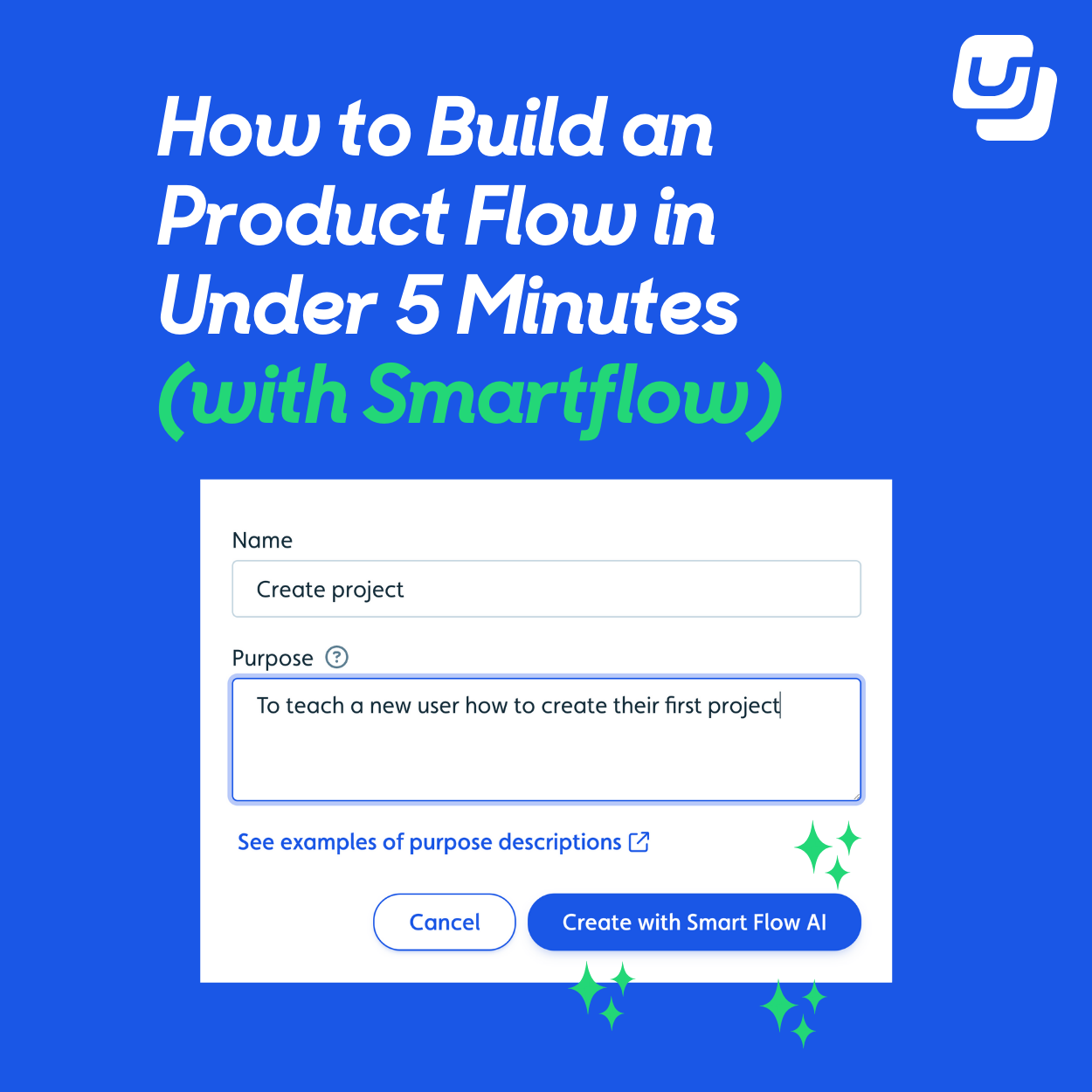This is the 2nd part of our blog post series about SaaS onboarding. The first step and blog post was about Setting a Goal. In this blog post, we move to the 2nd step in the process, namely researching and mapping the customer journey. Some organizations might already have a very clear view of their customer journey, while others will need to do more research and mapping before starting to build their new onboarding.

Research
Everything starts with research. If you don’t know your ICP (Ideal Customer Profile) and different user types/personas, you won’t be able to build a truly great onboarding experience. On a high level, there are two ways to gather information: Qualitative and Quantitative research.
Qualitative Research
Speak with your customers - The easiest, and very impactful, but less scalable kind of research is qualitative research. This kind of research can be done via surveys and customer interviews. Some of the key questions to ask customers are:
- Why did you originally decide to purchase the product?
- What users/titles do you have using the product?
- What is your main use case for the product?
- What are the values the product brings to you?
- What key features made you decide to use the product?
It’s important to capture both notes and ideally also a recording of the interview. By having a recording you can share it with other stakeholders to ensure buy-in.
Qualitative Research Tools
- CustomerDB for recording and organizing customer interviews
- Zoom or Google Meet to record meetings
- Gong.io to record meetings
- Typeform for surveys
Quantitative Research
While qualitative research will give you a good baseline to understand your customer and personas, it will not give you a complete picture. For that, you need quantitative research. The great thing about SaaS products is that you likely have a lot of data to look at. Furthermore, by combining this with CRM data, you can get a great overview of who your customers are and how they use the product.
Quantitative Research Tools
Customer/User Segmentation
Depending on your level of customer knowledge segmentation can be done before or after the research. If your end goal is only for a certain segment, it’s key that you speak with the right people when doing research.
Defining Segments
When defining segments, it’s important to look at the characteristics. In most SaaS B2B businesses one would likely segment based on employee size and/or industry to find out where to divide segments, you need to look at characteristics identified during research, such as:
- Number of x things relevant to your product (e.g. number of web apps they own)
- Team size of the teams using your product
- Persona types involved
- Decision process
- Budgets
- Maturity in terms of using your product
Less is more. I would always advocate for trying to keep segments as simple as possible and only have 3-4 segments. Example: If segmentation was based on employee size, it could be SMB, Mid-Market, and Enterprise.
Segmentation Map
When you have identified your segments, a great way to present them to others is to build a segmentation diagram highlighting factors such as:
- Key characteristics for the segment
- Key drivers for why the segment use your product
- Key values you bring to the segment
- Key gaps you have in terms of serving this segment
Customer Journey Map
When you have done your research and segmentation you can start building out the existing Customer journey maps for each segment. There are plenty of templates available for Customer Journey maps, examples of steps in a journey could be:
- Interest
- Trial/Compare
- Purchase
- Onboarding (can sometimes be part of Trial/Compare)
- Execute
- Retain/Expand
- Renew
For each of these stages, you can then highlight:
- Customer Goal(s)
- Touchpoints
- Personas involved
- Your product’s strengths at this stage
- Your product’s weaknesses at this stage
Customer Journey mapping tools
Next Step
Once you have built a map of the segments and existing journeys, you can begin working on future journeys with a key focus on the onboarding part. My next blogpost will focus on one of the key decisions and one of the hottest topics right now, namely whether you want your onboarding and general approach to be Product-led, Sales/CSM-led or a hybrid.
If you have any feedback/comments to this series, feel free to reach out. Any input is highly appreciated.
CONTENTS













%20(2).png)









